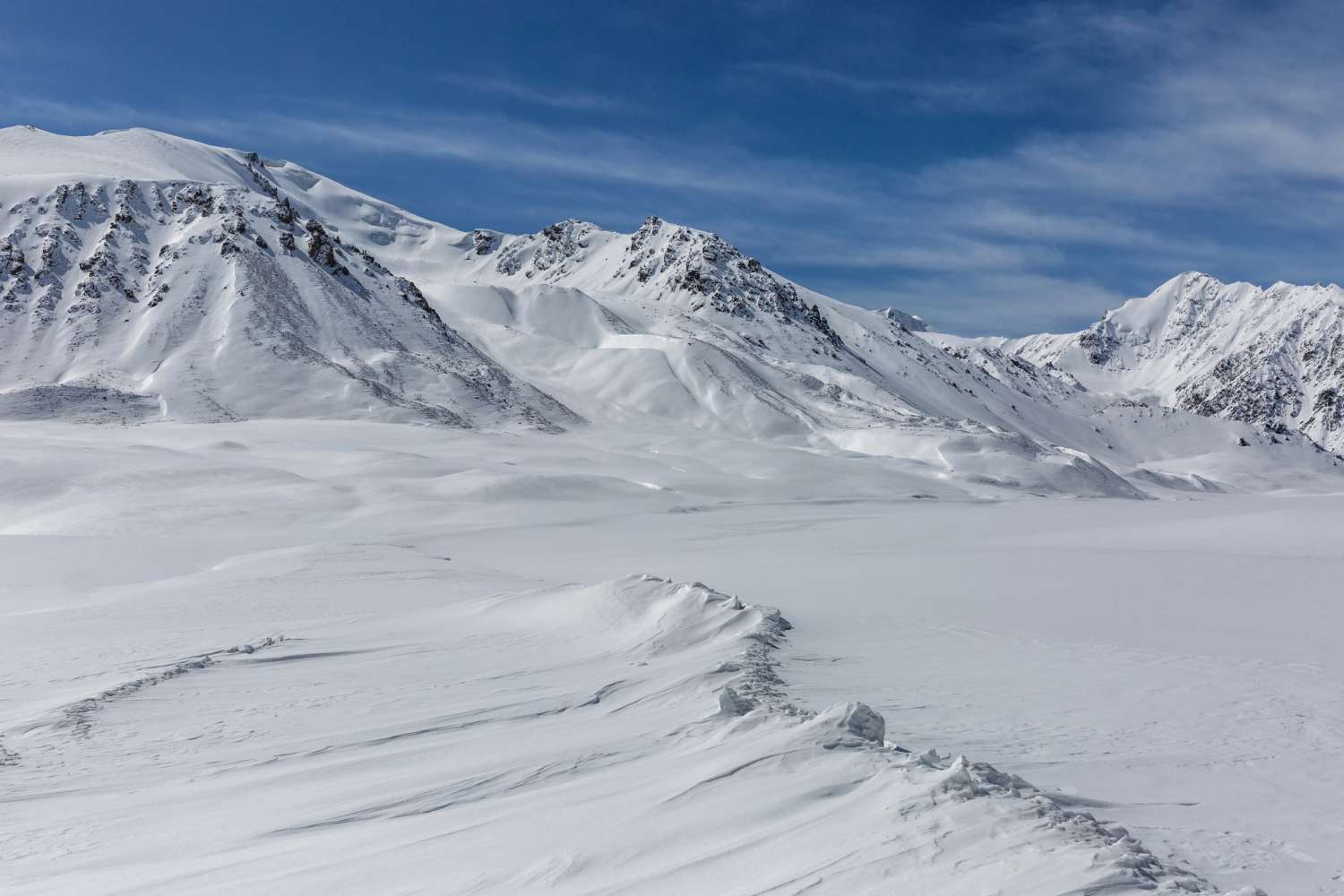- Courses
- GS Full Course 1 Year
- GS Full Course 2 Year
- GS Full Course 3 Year
- GS Full Course Till Selection
- Answer Alpha: Mains 2025 Mentorship
- MEP (Mains Enrichment Programme) Data, Facts
- Essay Target – 150+ Marks
- Online Program
- GS Recorded Course
- Polity
- Geography
- Economy
- Ancient, Medieval and Art & Culture AMAC
- Modern India, Post Independence & World History
- Environment
- Governance
- Science & Technology
- International Relations and Internal Security
- Disaster Management
- Ethics
- NCERT Current Affairs
- Indian Society and Social Issue
- NCERT- Science and Technology
- NCERT - Geography
- NCERT - Ancient History
- NCERT- World History
- NCERT Modern History
- CSAT
- 5 LAYERED ARJUNA Mentorship
- Public Administration Optional
- ABOUT US
- OUR TOPPERS
- TEST SERIES
- FREE STUDY MATERIAL
- VIDEOS
- CONTACT US
Arctic Tundra Biome
Arctic Tundra Biome
14-04-2025

The Arctic Tundra is a unique and fragile biome located primarily north of the Arctic Circle (66° 33’N), encompassing parts of Alaska, Canada, Greenland, and Russia. Known for its extreme environment, it plays a crucial role in the global climate system—particularly in carbon storage.
Key Characteristics
- Climate:
The Arctic Tundra experiences extremely cold conditions, with average temperatures remaining below 0°C for the majority of the year—typically six to ten months. Precipitation levels are very low, making the tundra climate comparable to that of a desert in terms of dryness. - Permafrost:
One of the most defining features of this biome is permafrost—permanently frozen ground that affects soil composition and plant growth. This frozen layer restricts root development and influences surface water dynamics. - Vegetation:
Due to the harsh climate and shallow soil layer above permafrost, plant life consists mainly of species with shallow root systems. Common vegetation includes mosses, lichens, sedges, grasses, and low-growing shrubs. - Wildlife:
Despite its harsh conditions, the tundra supports a variety of resilient animal species. Notable wildlife includes Arctic wolves, lemmings, polar bears, Arctic foxes, and migratory birds like falcons.
Current Environmental Concerns
Recent studies indicate that the Arctic Tundra is gradually losing its capacity to sequester carbon dioxide from the atmosphere. A key contributing factor is the rising frequency and intensity of wildfires globally. These fires, though often occurring outside the Arctic, can influence the region's climate and thaw permafrost, releasing stored carbon and further amplifying global warming.



